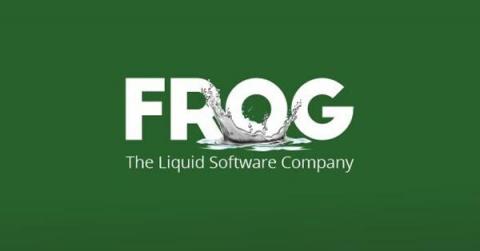Today's Big Leap for Tomorrow
Today is a momentous day for JFrog, as we’re excited and proud to join the Nasdaq family of listings. While COVID-19 challenges every company and prevents us from being together in many ways, we’re humbled that Times Square was turned green today! This is obviously an important milestone, and it couldn’t have happened without over a decade of hard work and millions of hours that have gone into this amazing company.











